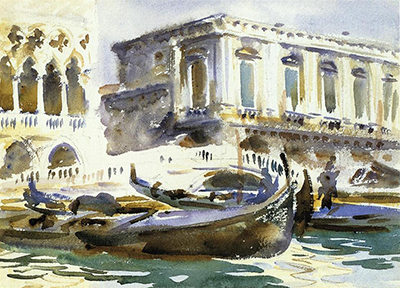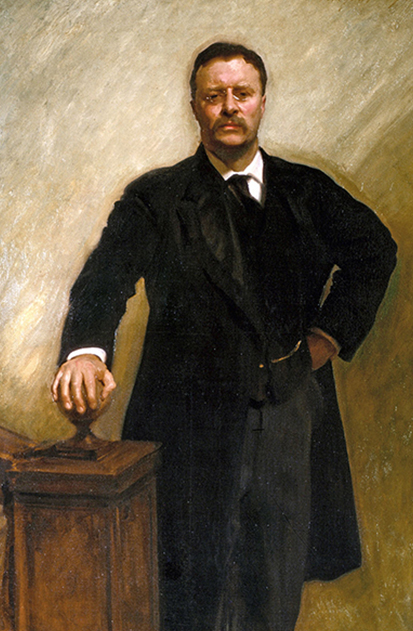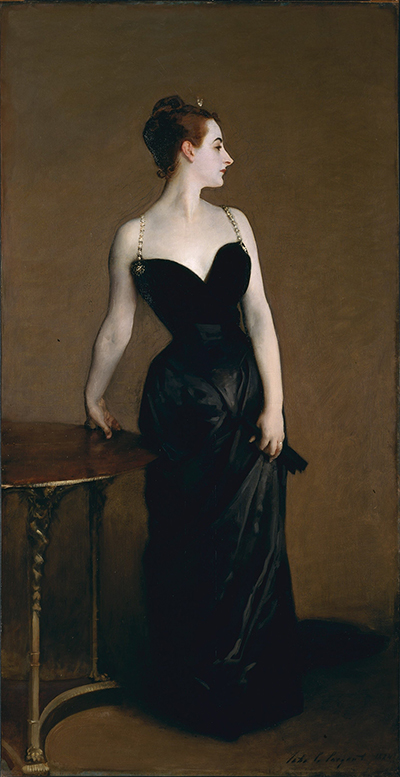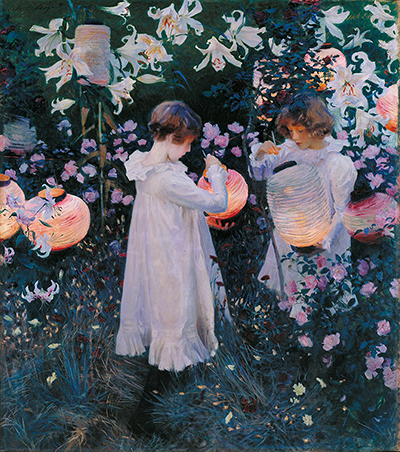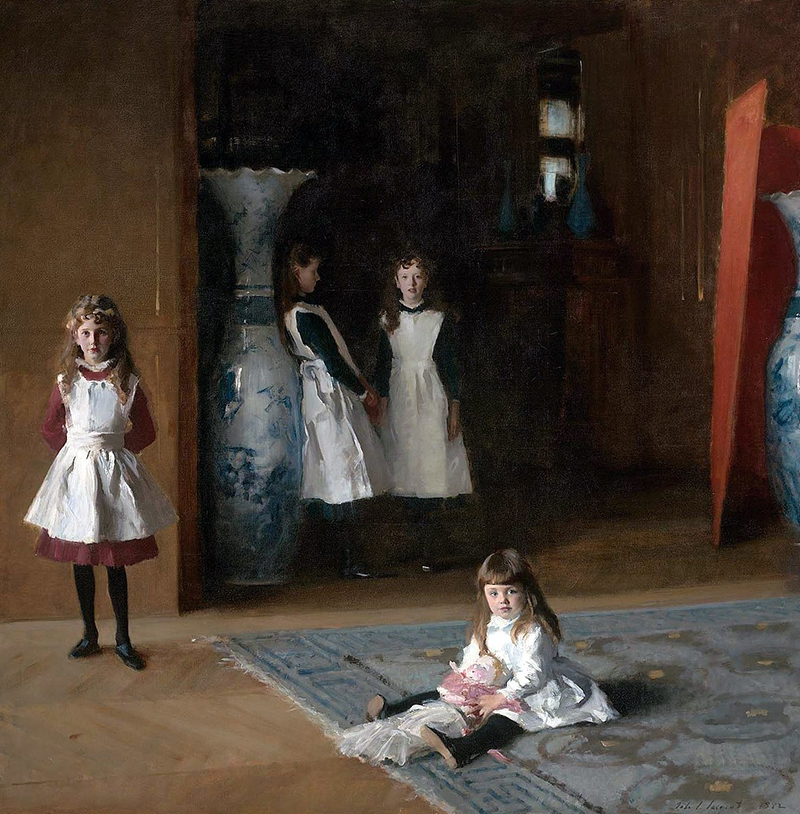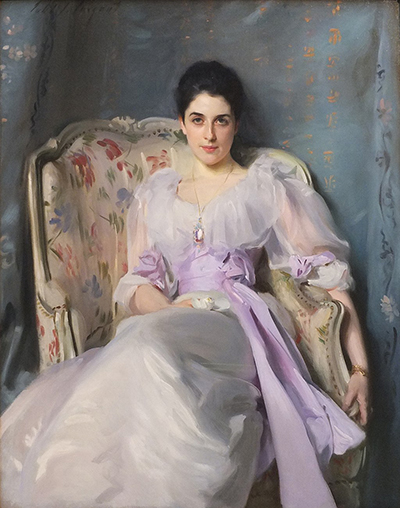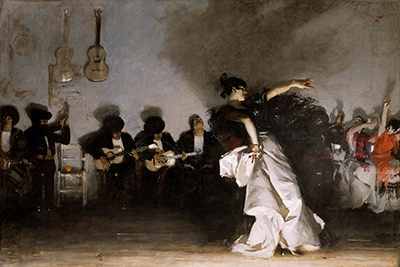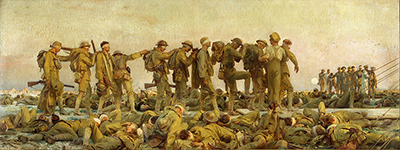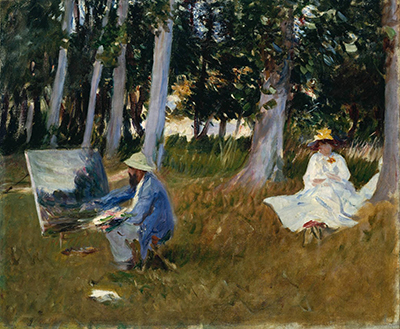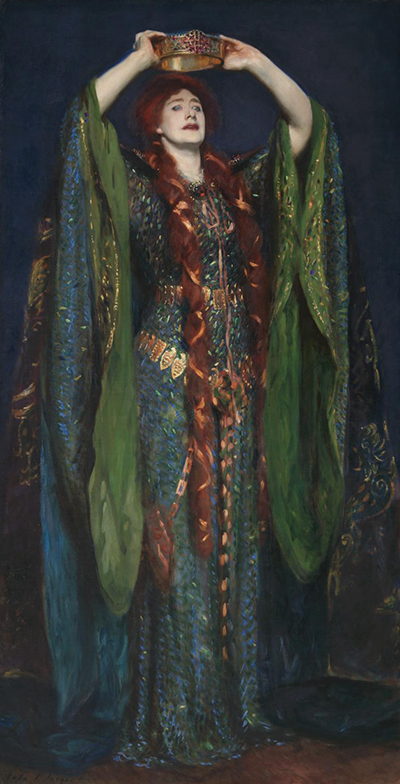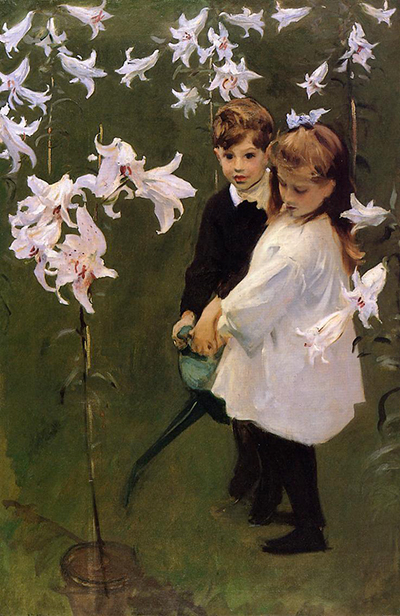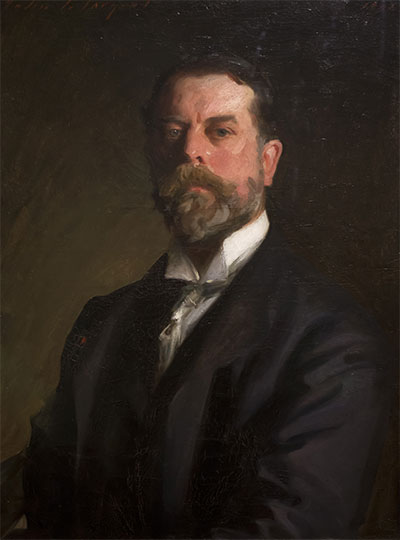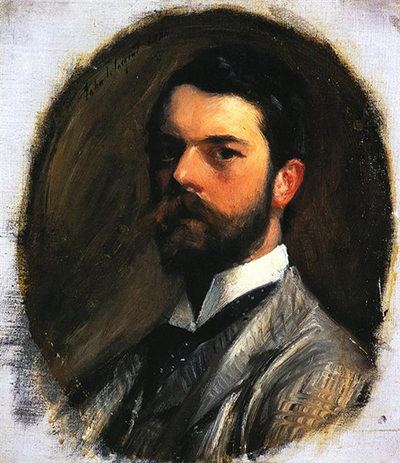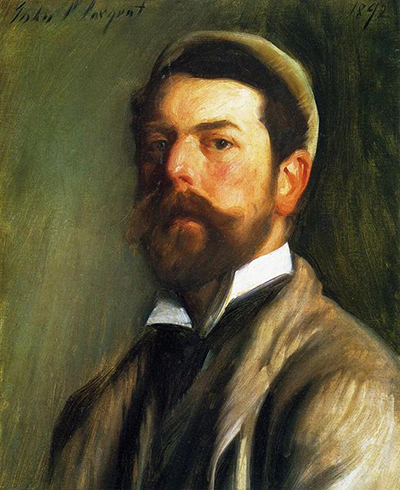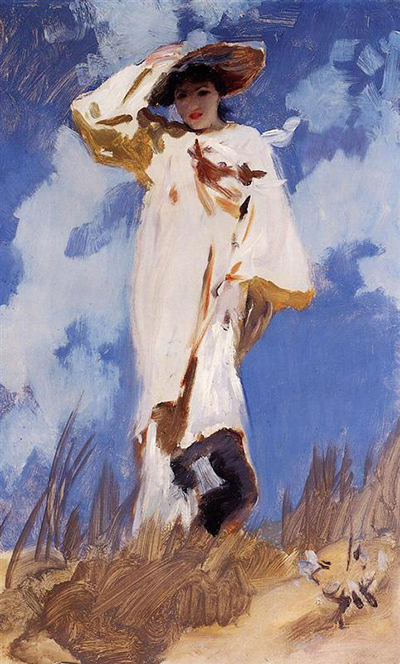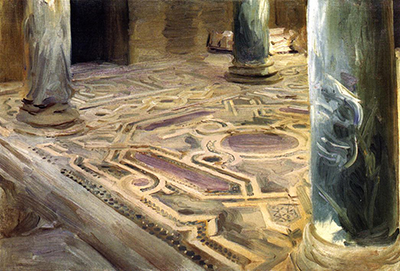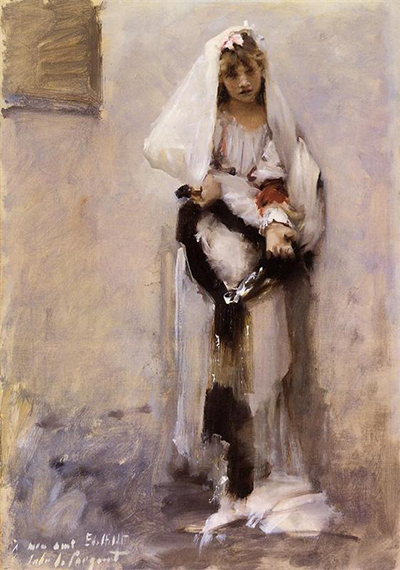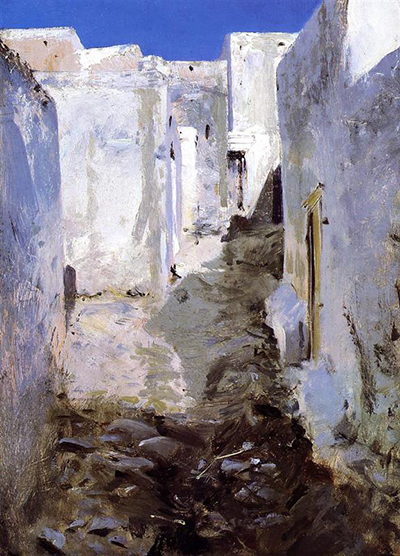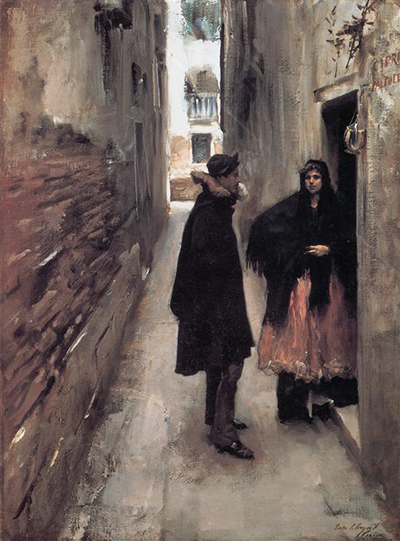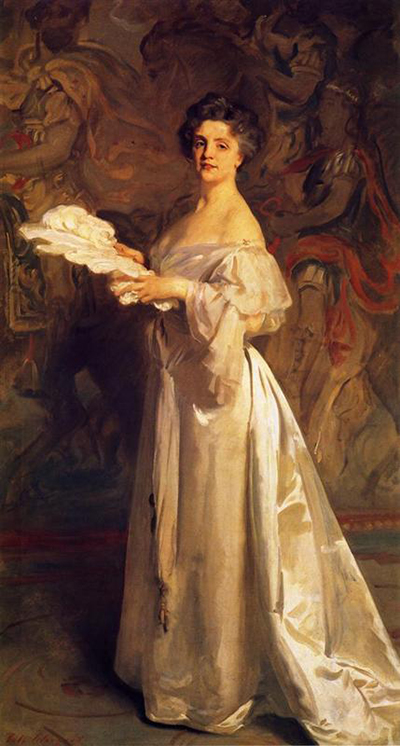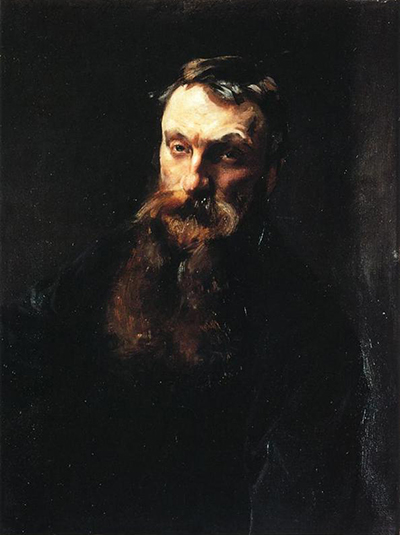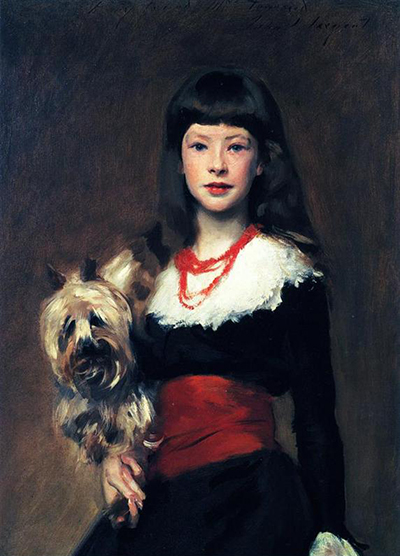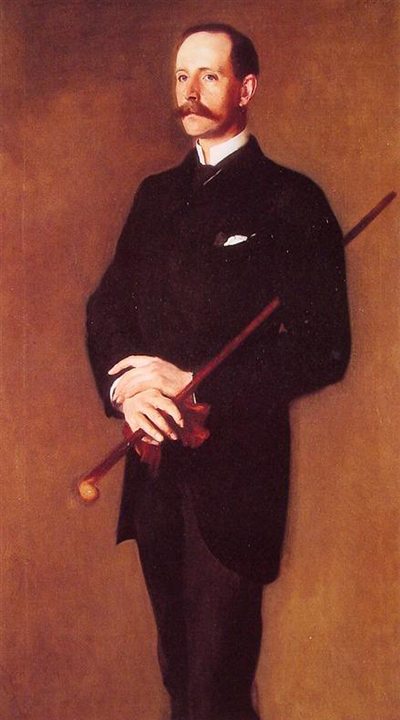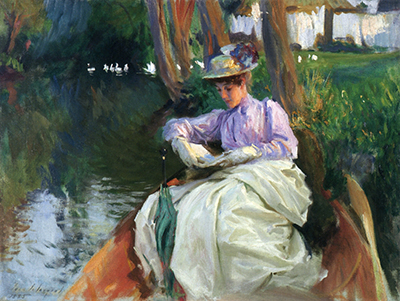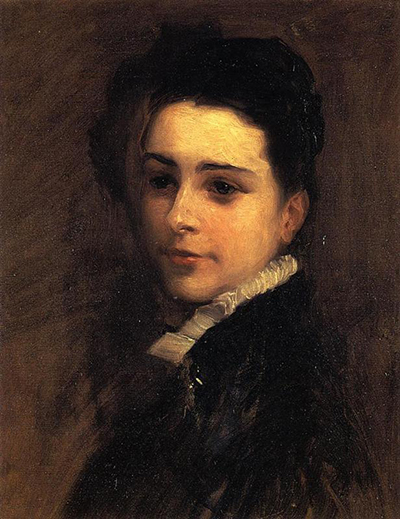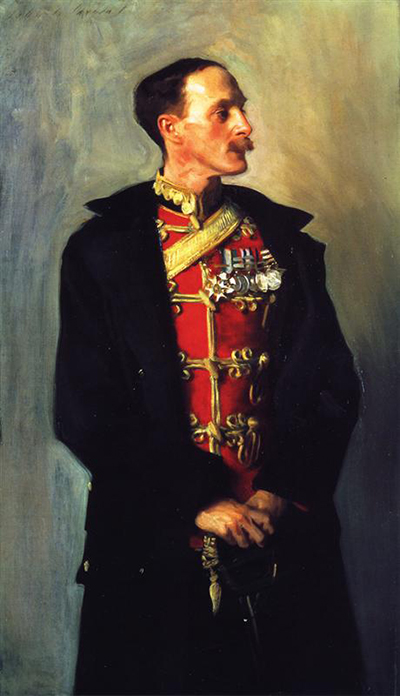John Singer Sargent mastered both oils and watercolours, culminating in an impressive list of wealthy patrons keen to add his work to their collections
High output in multiple mediums
Pleasingly for his backers, Sargent was an extraordinarily prolific artist, counting thousands of completed artworks by the end of his career. Each of his main mediums - drawing, watercolour and oils - have received their own critical praise, each also receiving specific exhibitions.
There are few artists whose drawings have attracted their own passionate following, but it was his oil and watercolours which became the most famous and memorable. This section draws together the best of both mediums and covers the various themes that his work covered. Portraits remain his best known content, but landscapes also figure prominently.
Inspirations on his painting style
The style of painting used by Sargent was influenced by his travels across Europe having been born to American parents in Florence, Italy. The biggest praise that can be given to his career is that much of his work was comparable to that of European artists of around that time.
Relationships with fellow artists
One key aspect to his success, beyond purely his own technical skills, was the company that he kept around the 1880s. The likes of Claude Monet, James McNeill Whistler and Henry James were all friends of this much-travelled, cultural American artist. There are clear elements of their work within his, but as genuine influences rather than replication.
There are elements of impressionism and realism across his oil paintings, with some portraits reminding many of the Austrian artist, Gustav Klimt, who frequently captured elegant women in full length portraits. The combination of classic atire within a style that moves beyond the ideas of the earlier Baroque and Renaissance periods have proven particularly popular in the 20th and 21st centuries.
The paintings included here will touch on some of the various locations in which Sargent produced some of his paintings, covering different areas of Europe. Travelling between the UK, France and Italy is a path followed by many famous names, including another highly significant watercolour painter, JMW Turner.
Varied genres across his oeuvre
The final ingredient to Sargent's success was his ability to produce charming compositions, always bright, positive and flattering to his subjects. Some would be family life, others elegant landscapes. He was an artist who had a nack for connecting with the public, which not all classically trained artists could naturally do.
The United States has an enviable records within art over recent centuries, but most famous names occur from around the 1950s onwards. Sargent is a rare name, being someone who competed against Europeans to great success as early as the 19th century.
John Singer Sargent's Oil Paintings
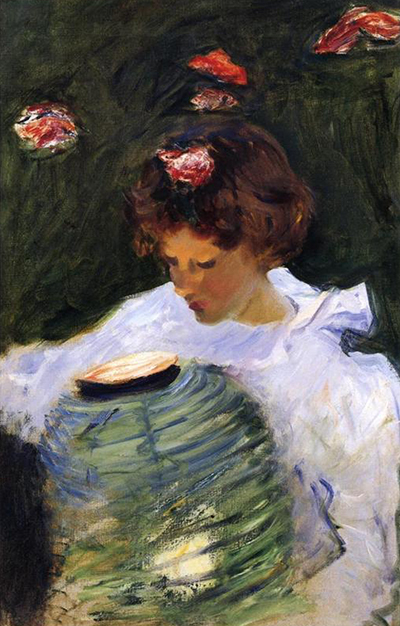
Dorothy Barnard
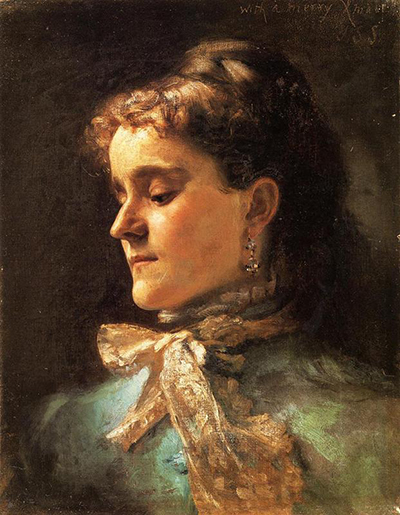
Emily Sargent
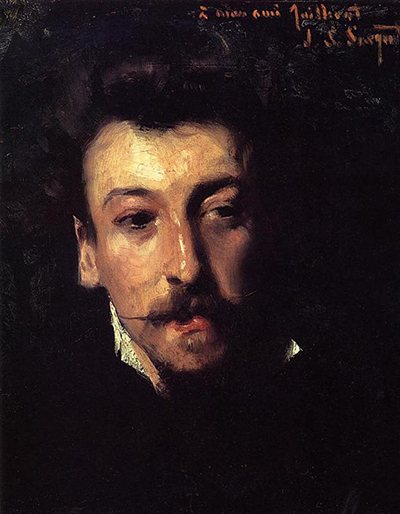
Eugene Juillerat
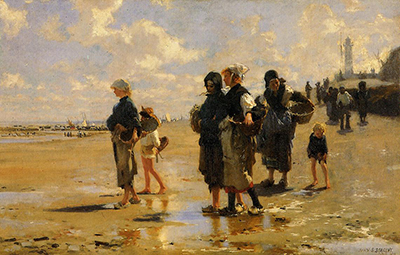
Fishing for Oysters at Cancale
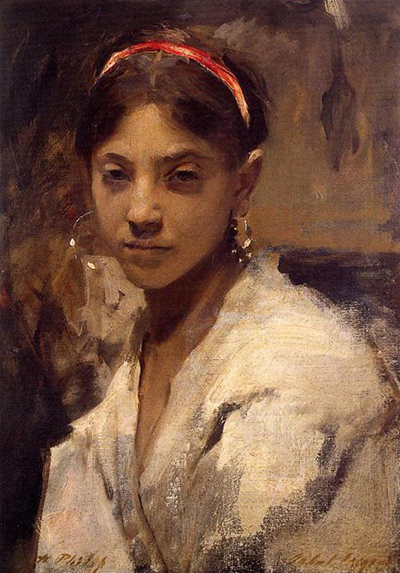
Head of a Capri Girl
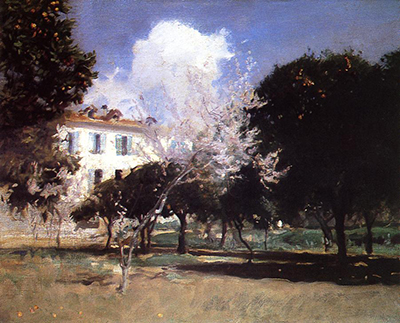
House and Garden
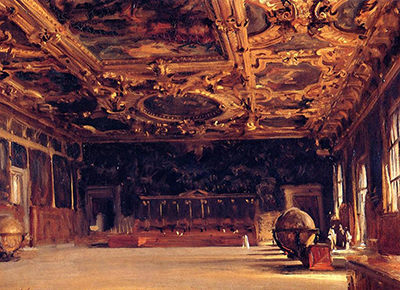
Interior of the Doge's Palace
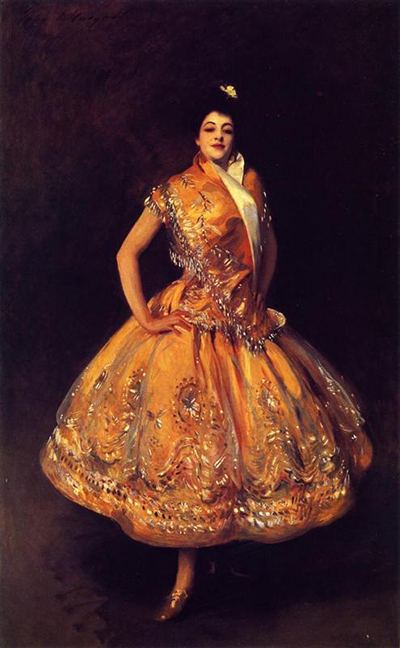
La Carmencita
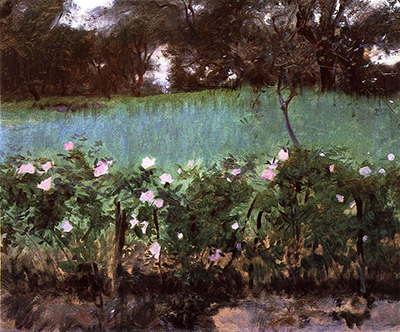
Landscape with Rose Trellis
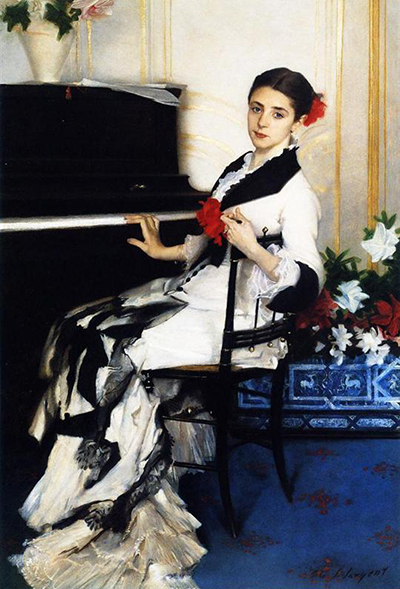
Madame Ramon Subercaseaux
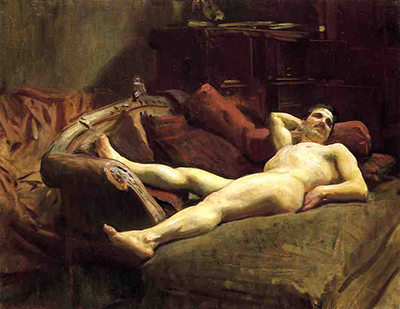
Male Model Resting
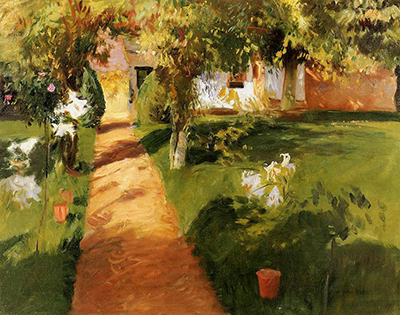
Millet's Garden
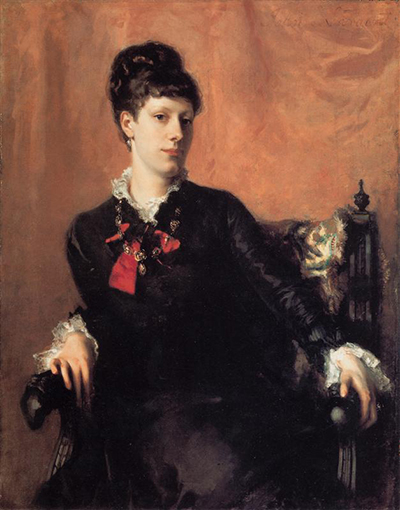
Miss Frances Sherborne Ridley Watts
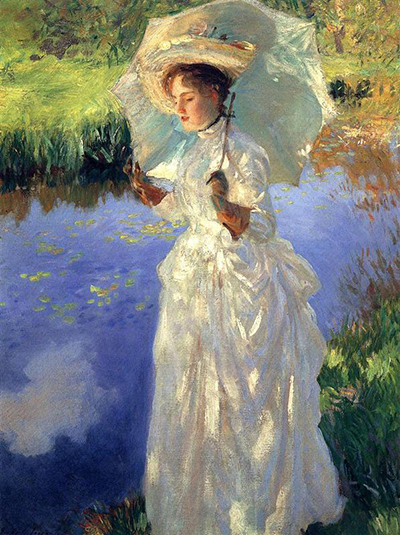
Morning Walk
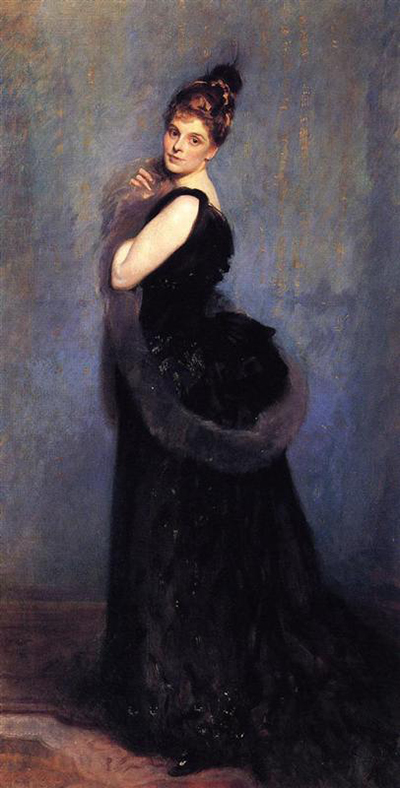
Mrs George Gribble
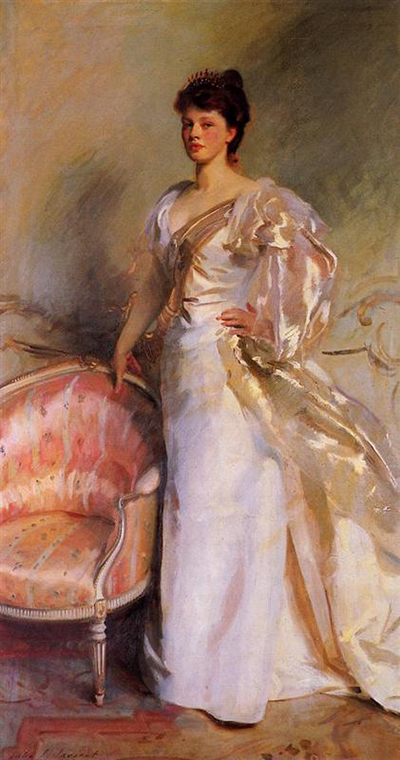
Mrs George Swinton
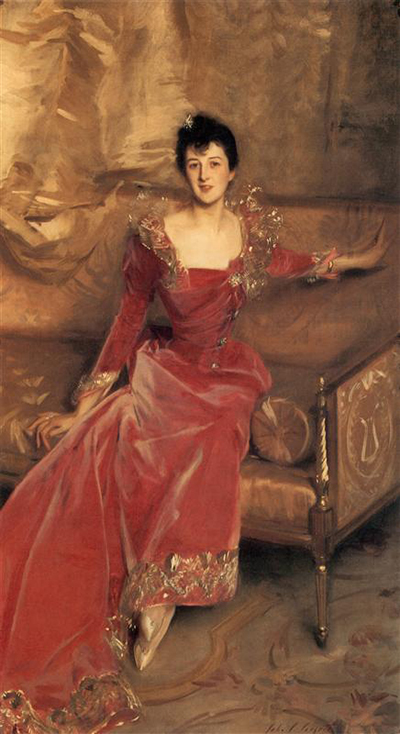
Mrs Hugh Hammersley
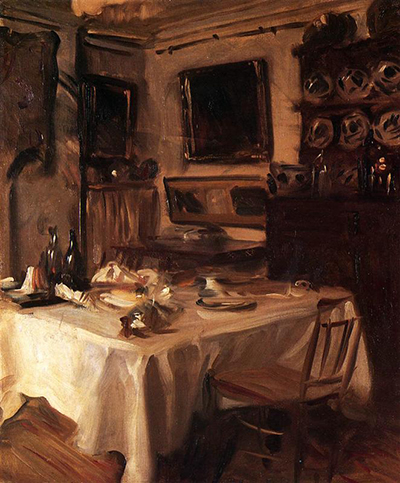
My Dining Room
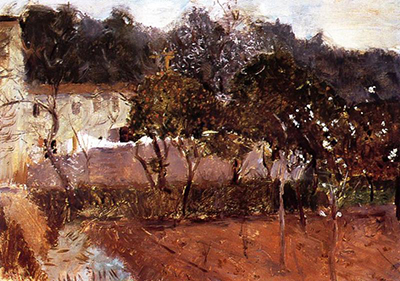
Nice

Nude Egyptian Girl
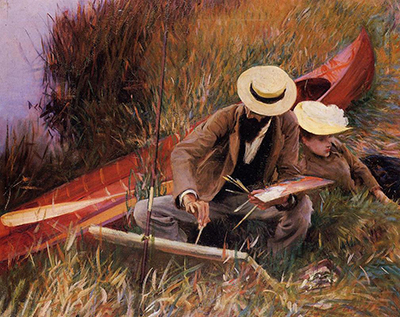
Paul Helleu Sketching his Wife
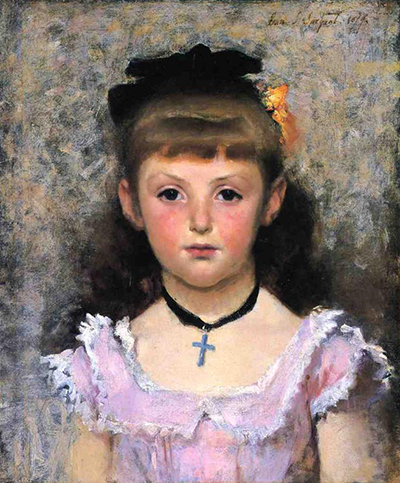
Portrait of Jeanne Kieffer
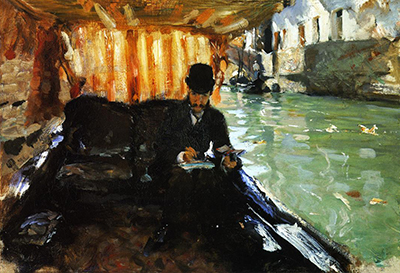
Ramon Subercaseaux
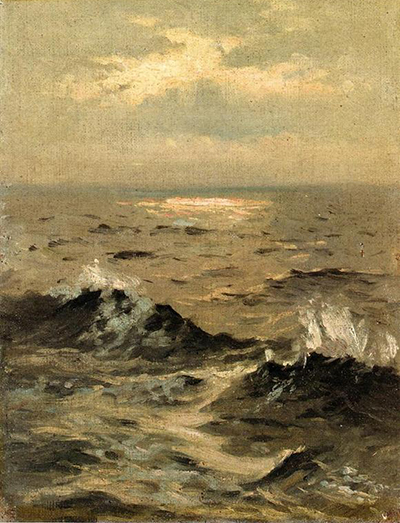
Seascape
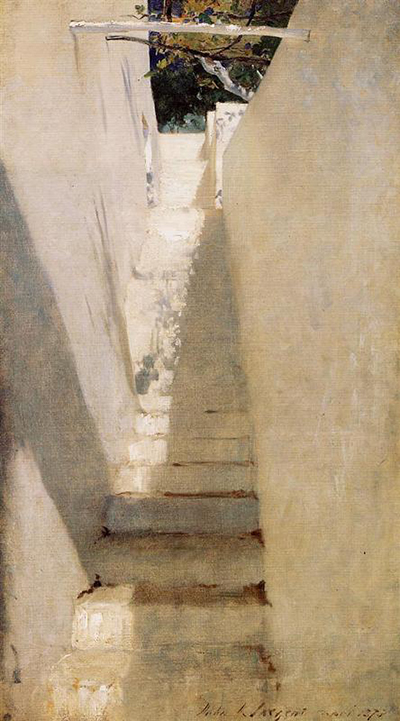
Staircase in Capri
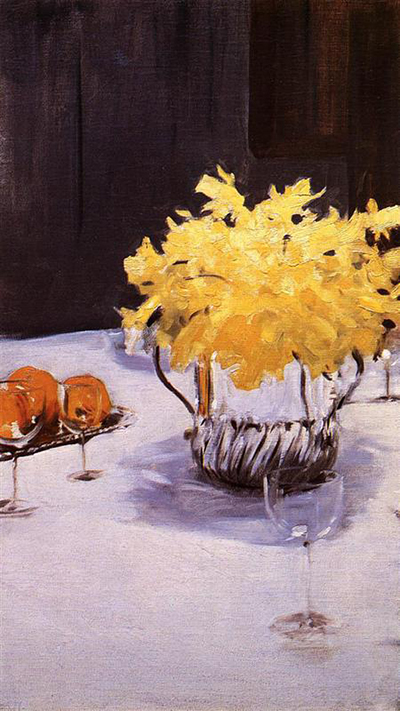
Still Life with Daffodils
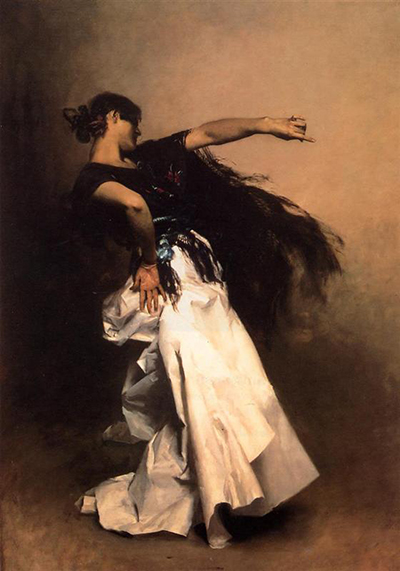
The Spanish Dancer
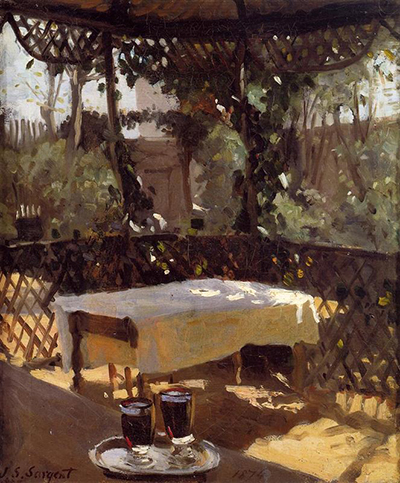
Two Wine Glasses
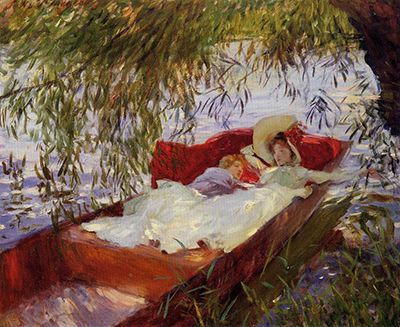
Two Women Asleep in a Punt under the Willows
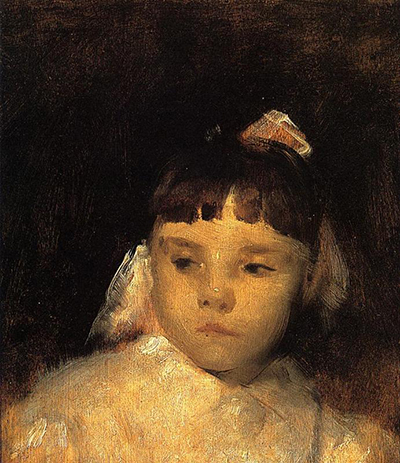
Violet Sargent
John Singer Sargent Watercolours
Watercolours offered Sargent a freedom from both his studio and also the demanding patrons who financed much of his career. The opportunity to explore the European countryside in extended periods brought real enjoyment to this free spirit.
He would cover both architecture and also purely natural scenes, such as the Venician architecture and the mountain ranges of the Alps. One stylistic characteristic of Sargent was to compose a more fragmented artwork, which became common in the generations that followed.
The bold cropping technique is something also found later in photography whereas artists in previous centuries followed a traditional method of centering the subject, leaving the main focus more complete. The angles used by this artist also made his work within this genre unique to the rest of his career.
Photographic evidence has shown that Sargent would frequently set up with two umbrellas protecting himself and his canvas, often angled against the hills on which he was often perched. His work in Switzerland was frequently completed in such conditions, appreciating the stunning landscape of this region and adapting his posture to remain comfortable.
The evidence of this section suggests that Sargent chose oils in most cases for his portrait paintings and watercolours for his landscapes. This, generally specaking, is true, although there was also plenty of crossover. For example, his portraits would include several artworks of the same subject, including oils, watercolours and pencil drawings.
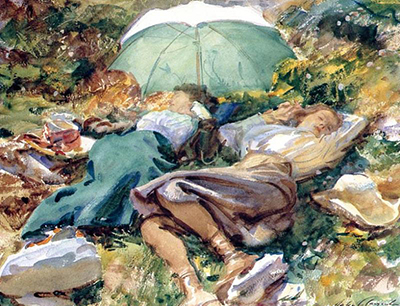
A Siesta
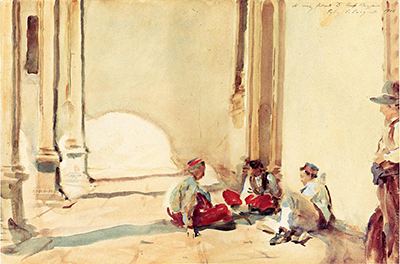
A Spanish Barracks
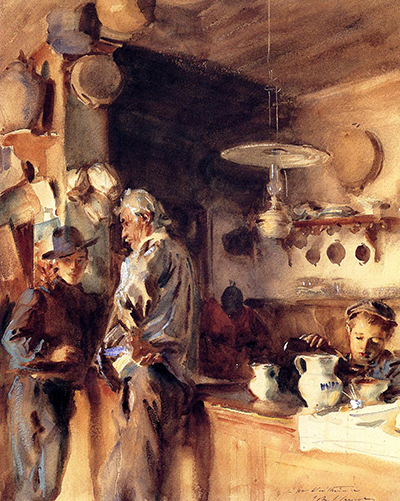
A Spanish Interior
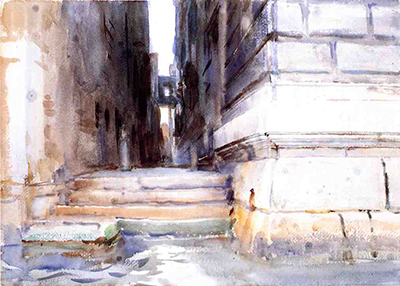
Base of a Palace
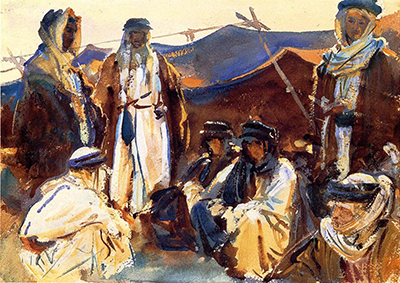
Bedouin Camp
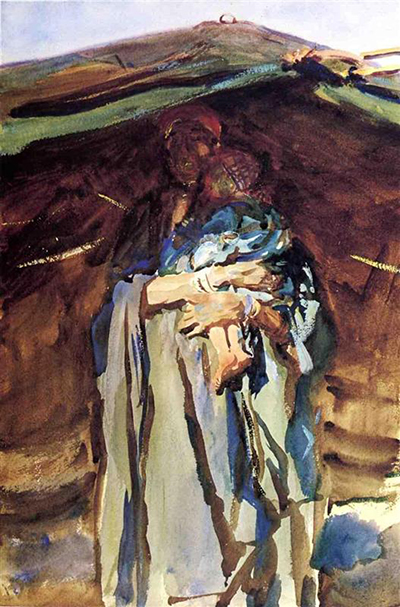
Bedouin Mother
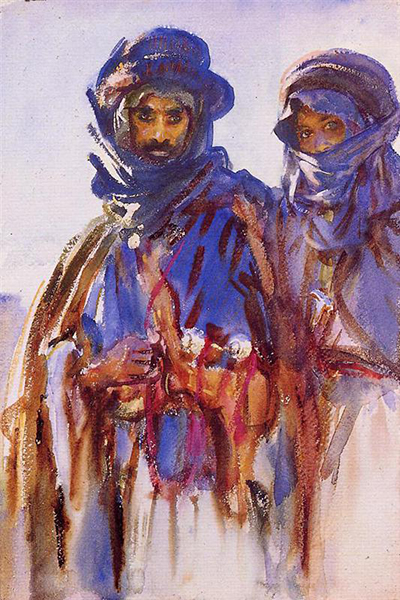
Bedouins
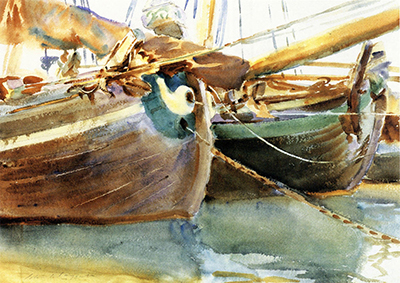
Boats Venice
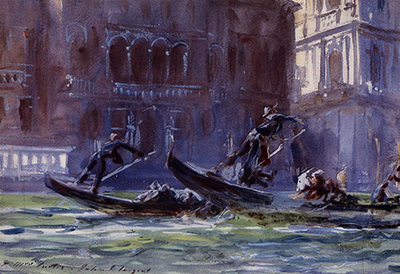
Festa della Regatta
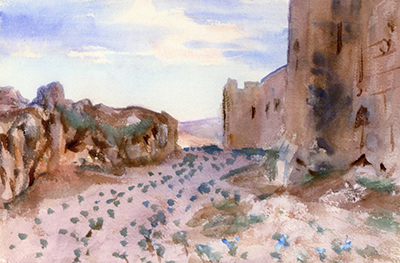
Fortress Roads and Rocks
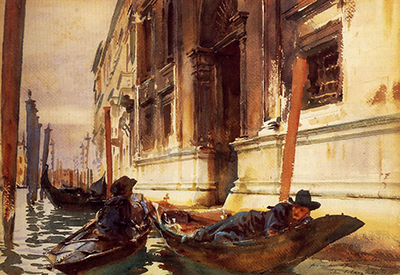
Gondoliers Siesta
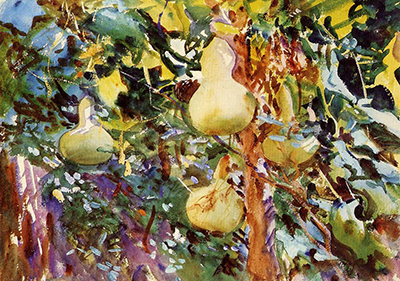
Gourds
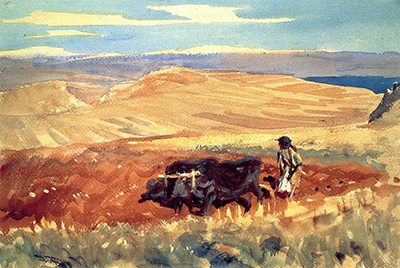
Hills of Galilee
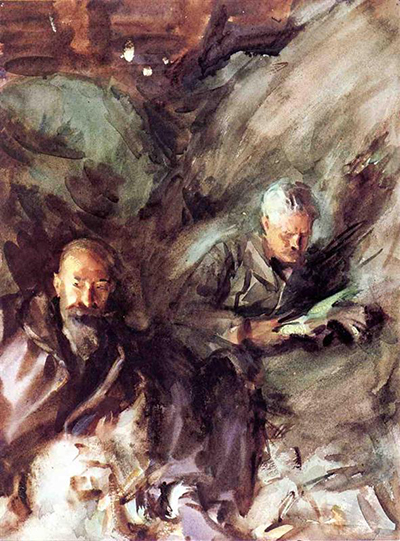
In a Hayloft
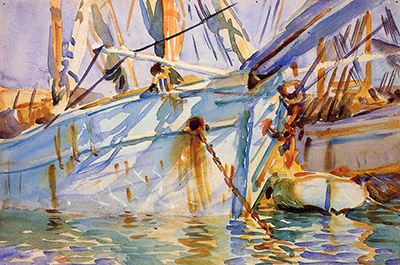
In a Levantine Port
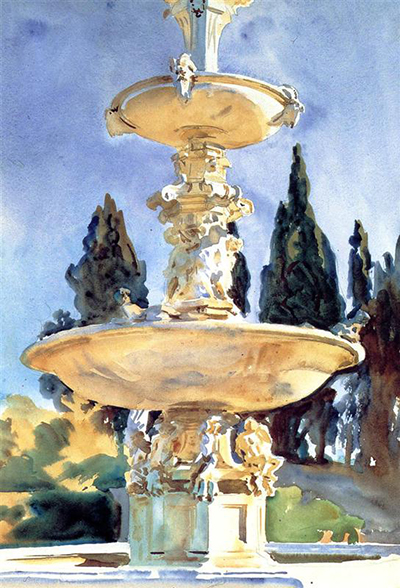
In a Medici Villa
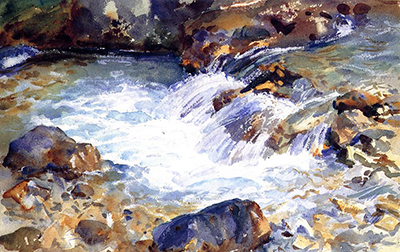
In the Tyrol
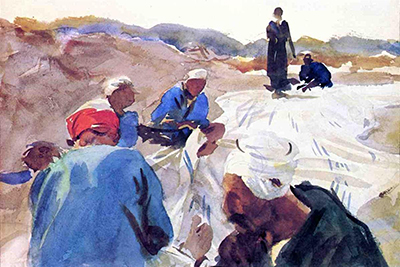
Mending a Sail
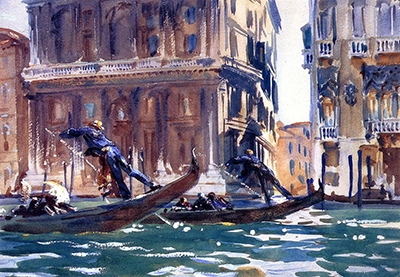
On the Canal
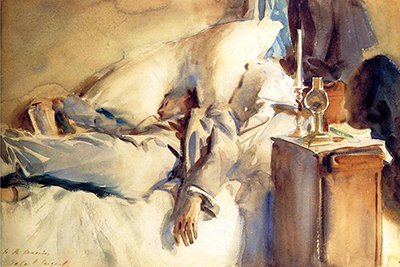
Peter Harrison Asleep
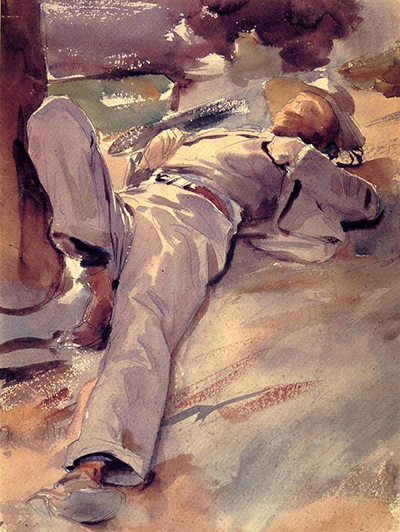
Peter Harrison
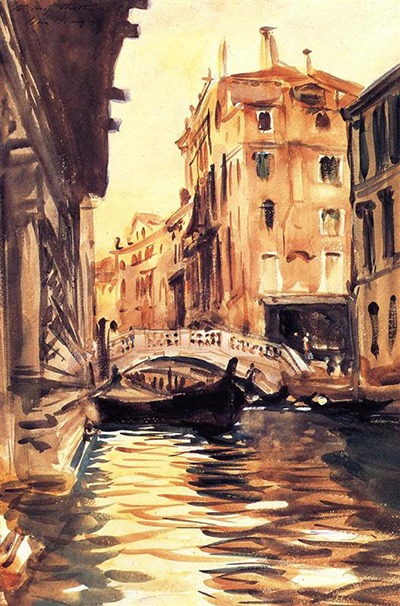
Ponte della Canonica
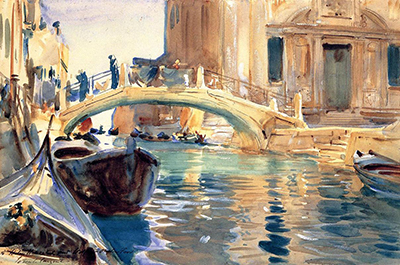
Ponte san Giuseppe di Castello Venice
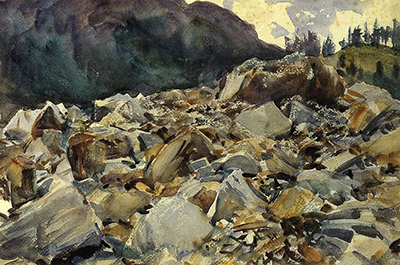
Purtud Alpine Scene and Boulders
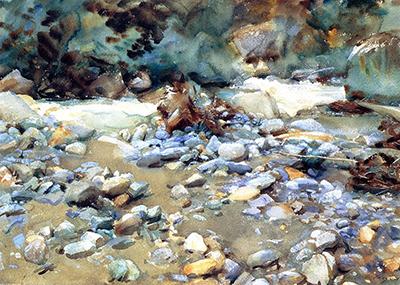
Purtud Bed of a Glacier Torrent
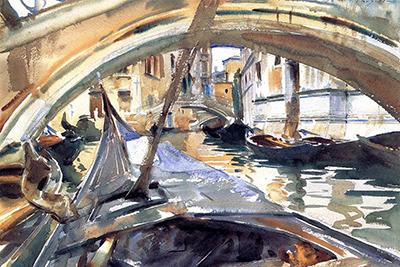
Rio de Santa Maria Formosa
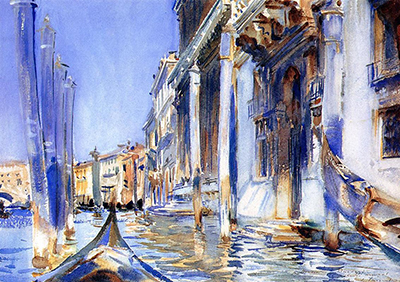
Rio dell Angelo
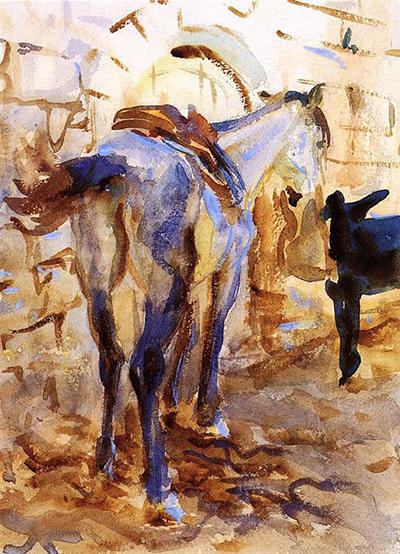
Saddle Horse Palestine
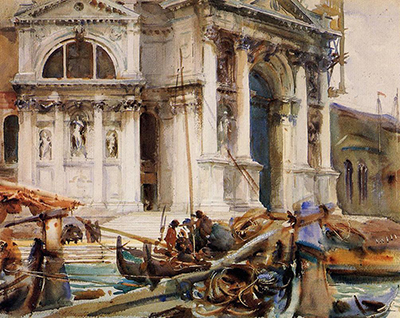
Santa Maria Della Salute
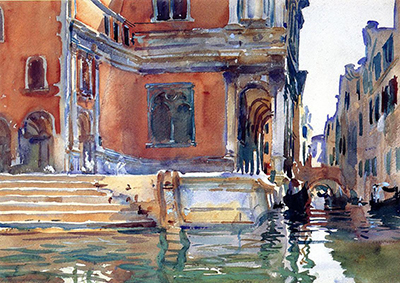
Scuola di San Rocco
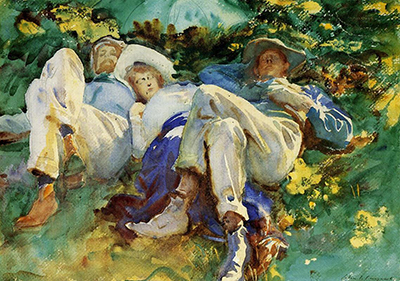
Siesta
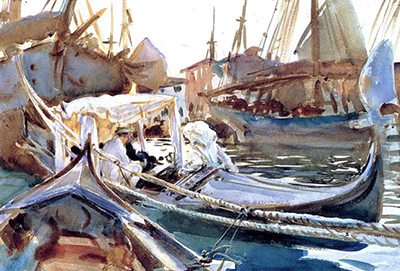
Sketching on the Giudecca
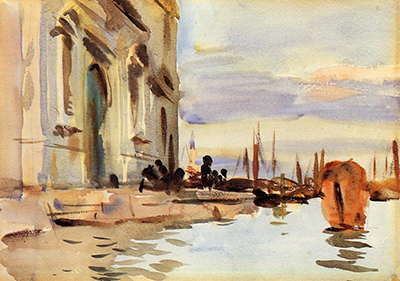
Spirito Santo Saattera
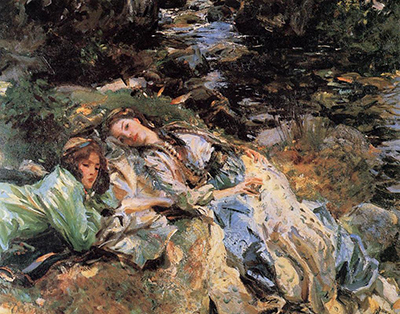
The Brook
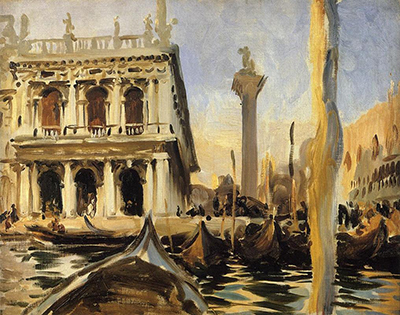
The Libreria
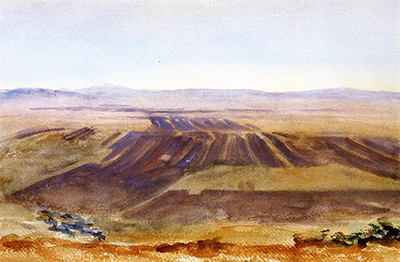
The Plains from Nazareth
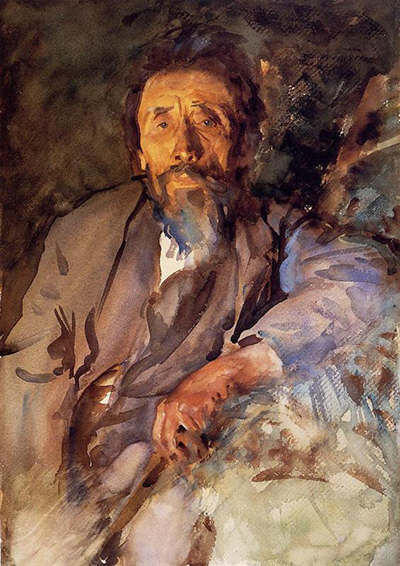
The Tramp
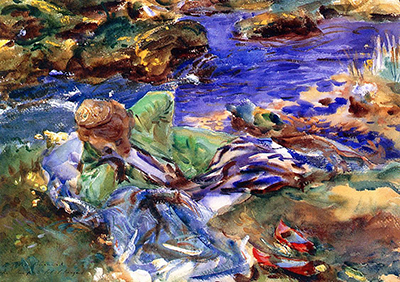
Turkish Woman by a Stream
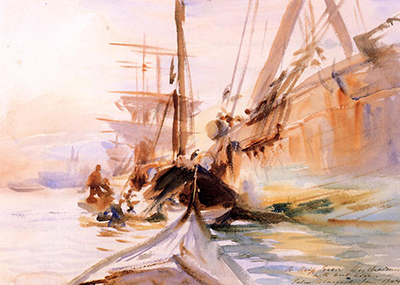
Unloading Boats in Venice
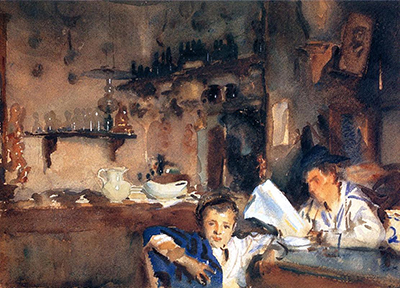
Venetian Interior
